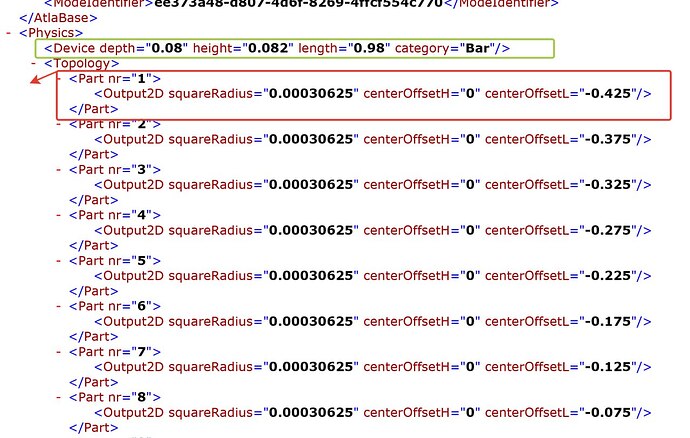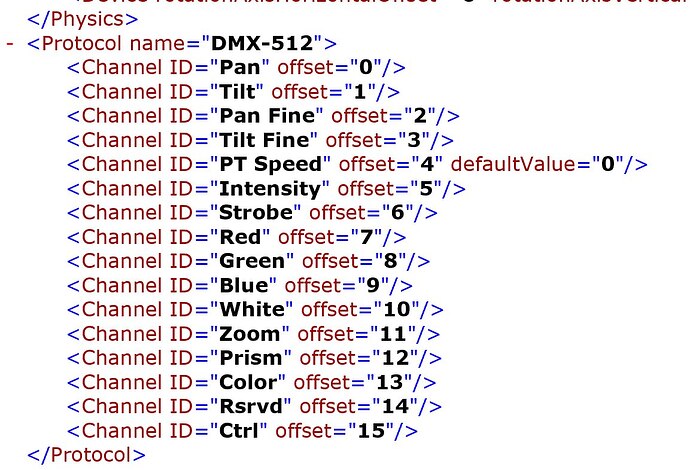I think I know the answer, but I just want to verify. Will we have ability to make/edit our own multi-part fixtures in the future fixture editor? That would be huge, actually. But I remember it being said in past versions there were technical difficulties that made that hard to implement.
It’s becoming more and more of a big deal because of all the manufacturers, many of them small niche ones, who are coming out with multi-element LED panel type fixtures.
Its not currently planned, other items have a higher priority at this time. We have a great library team who can implement this for you and enhance the library for everyone at the same time.
1 Like
I’m going to request a bunch of stuff this weekend then. On the good side, these profiles are already, sort of, in the libraries. It’s Quasar Science’s R2 series instruments. Both the current releases version of Onyx (.1193) and Atlabase have these, BUT, only in their single pixel modes. The lights are capable of multiple pixel modes (depending on length). Creating multipart fixtures will only involve duplicating the existing profiles across multiple pixels and doing whatever is done to integrate that as a single profile.
Question: since this is something we will be using very soon, should I make separate fixture requests for the current Onyx library and the beta Atlabase library?
Yes.
There are 2 separate links, on the this Onyx Support page
Regards,
Ofer Brum
Onyx Library Support
Open the fixture editor, export the most similar fixture. Open the resulting file using WINRAR, analyze the XML code and write your composite fixture on this basis. This is not difficult.
Well I tried something like this. I exported the fixture then opened it as a text file. It was completely incomprehensible to me. Are you telling me I should treat it as a compressed file? Will WinRAR just open this natively, or do I have to do something special to get WinRAR to recognize it?
Sorry, online translation. You need to know a little bit about programming principles to understand this. The code structure is distributed on the DMX channels, according to the values on these channels. The step values for the color wheel and the like are also described. The position and size of each pixel for Dylos is also described. Such pixel data is indicated by the .part NR . block. I’ve highlighted common code blocks to make the structure simpler.
I would tell you more, but the guys from altabase might look at me angrily. The password on the library could be more complicated. And if there is someone from altabase here - hey, brothers, look at MA fixters builder. It’s very well done, do the same.
1 Like


